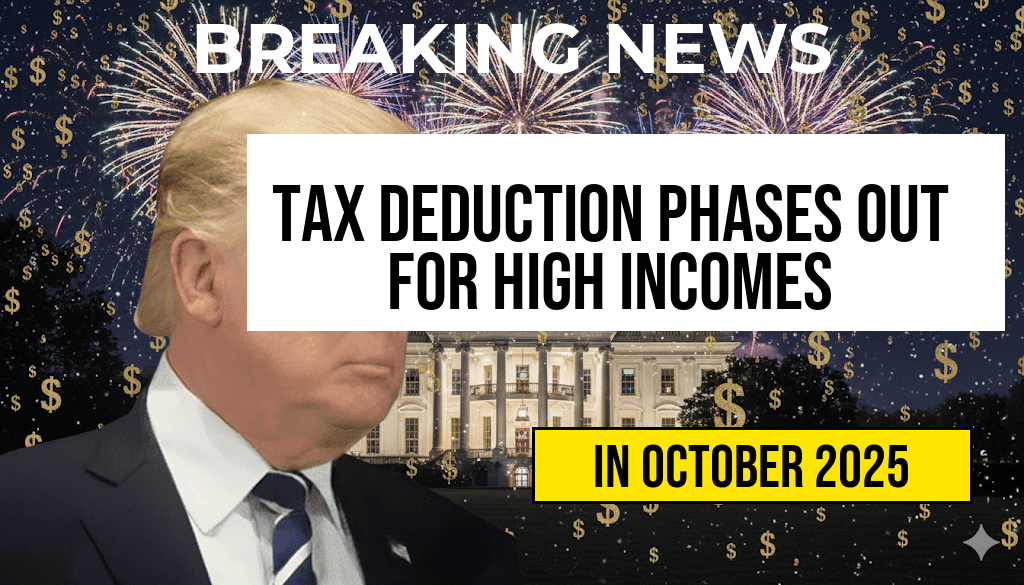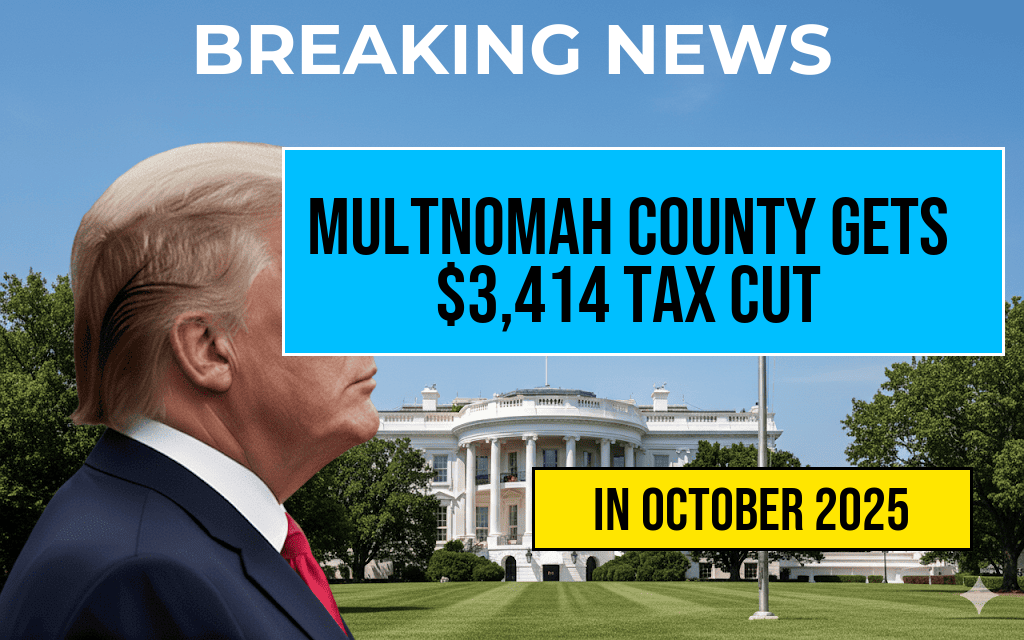The federal estate tax exemption has experienced a dramatic increase, rising from $135,000 to a substantial $13,990,000 per individual for 2023. This adjustment significantly impacts estate planning strategies and the potential tax burden on heirs. For the first time in decades, a considerable portion of estates will now pass to beneficiaries without facing federal estate taxes, offering notable relief and planning opportunities for high-net-worth individuals. This change reflects ongoing efforts to adjust for inflation and economic shifts, providing a clearer pathway for wealth transfer and reducing the likelihood of estate-related tax complications.
Understanding the Federal Estate Tax Exemption
The federal estate tax exemption represents the maximum amount an individual can transfer at death without incurring federal estate taxes. Amounts exceeding this threshold are subject to taxation at rates that can reach up to 40%. Prior to 2023, the exemption sat at $12.06 million, but recent legislative updates have nearly doubled this figure, aligning with inflation adjustments and policy changes aimed at easing the transfer of wealth across generations.
Implications for Estate Planning
Greater Flexibility for High-Net-Worth Families
The increased exemption allows individuals with estates valued below $13,990,000 to pass assets to heirs without federal tax liability. This shift reduces the necessity of complex estate planning tools such as irrevocable trusts or gifting strategies designed solely for tax mitigation. For estates exceeding the exemption, planning remains crucial to minimize tax exposure, but the new threshold broadens the scope of estates that can be transferred seamlessly.
Impact on Gift and Generation-Skipping Transfers
The higher exemption also influences annual gift strategies, as individuals can gift larger amounts tax-free during their lifetime. The annual gift exclusion remains at $17,000 per recipient for 2023, but the overall lifetime exemption now allows for more substantial transfers without triggering gift taxes. This adjustment encourages proactive wealth transfer, potentially reducing estate sizes and associated taxes upon death.
Tax Rates and Estate Management
| Exemption Limit | Tax Rate |
|---|---|
| $13,990,000 | Up to 40% |
For estates exceeding the exemption threshold, the excess is taxed at a maximum rate of 40%. This structure emphasizes the importance of strategic estate planning for high-net-worth individuals to leverage exemptions and explore tax-efficient transfer mechanisms.
State-Level Considerations
While the federal exemption has increased significantly, state estate and inheritance taxes vary widely across jurisdictions. Some states, like Massachusetts and Oregon, maintain their own estate taxes with lower exemption thresholds, meaning high-value estates may still face state-level taxes despite federal relief. Families should consult local laws and coordinate federal and state planning efforts to optimize estate transfer strategies.
Legal and Policy Context
The exemption increase is part of broader legislative efforts to adjust for inflation and address economic realities. The American Taxpayer Relief Act of 2012 initially set the stage for higher exemptions, with subsequent updates reflecting inflation adjustments. Advocacy groups and policymakers continue to debate potential future changes, including whether to make these increases permanent or revert to lower levels, which could impact long-term planning.
Resources and Further Reading
- Estate tax in the United States
- How the Increased Estate Tax Exemption Affects Wealth Transfer Strategies
- IRS Estate and Gift Taxes
The substantial rise in the estate exclusion threshold marks a significant development in U.S. estate planning, offering increased opportunities for wealth preservation and transfer. While it provides relief for many families, individuals with larger estates must still navigate complex legal landscapes to ensure their assets are protected and optimized for future generations.
Frequently Asked Questions
What is the new estate exclusion limit?
The estate exclusion limit has increased from $135,000 to $13,990,000, significantly expanding the amount an individual can pass on estate-tax-free.
How does the increase in estate exclusion benefit heirs?
The higher exclusion amount allows heirs to inherit larger estates without incurring estate taxes, resulting in more assets preserved for their benefit.
Who is eligible for the increased estate exclusion?
The increased estate exclusion applies to all qualifying estates, regardless of size, provided they meet the necessary legal requirements set by the IRS.
Will this change affect estate planning strategies?
Yes, the substantial increase in the exclusion limit may encourage individuals to revisit and adjust their estate plans to maximize tax benefits and ensure assets are efficiently transferred to heirs.
Are there any ongoing considerations or future changes to estate exclusions?
While this increase is significant, estate exclusion limits may be subject to future legislative changes. It’s advisable to stay informed and consult with estate planning professionals regularly.








